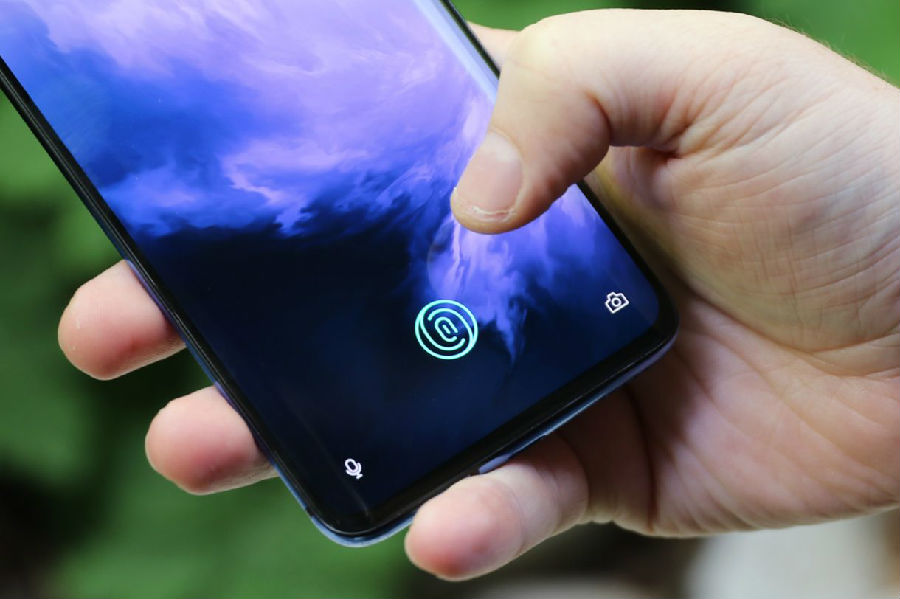After two generation iPhones with Face ID and without a fingerprint sensor, we thought the company is done with using your fingers for biometric authentication.
苹果推出了两代带有Face ID(刷脸认证),而没有指纹传感器的iPhone,我们都以为苹果不会再用手指来进行生物识别了。
But according to the latest report coming from supply chain sources in China, the Cupertino-based firm might be doing a U turn.
但据中国供应商最新的报告称,这家总部位于库比蒂诺的公司可能要吃回头草。
Previously Apple was exploring different under-display fingerprint reader implementations, but none of them met its requirements.
此前苹果开发了不同的屏下指纹读取器,但没有一个符合要求。
Now however the company may have finally found a solution and is preparing to use it on an affordable iPhone with thin bezels, smaller notch and a fingerprint reader sitting under the OLED screen.
现在苹果可能终于找到解决方案了,正准备应用到价格低廉的iPhone上,这款iPhone机身薄、缺口更小,还会在OLED屏幕下面安装一个指纹识别器。
This way Apple will cutsome expenses by replacing the pricier Face ID tech for a fingerprint reader. The notch will go down in size considerably as a result.
这样苹果就能降低成本,用指纹识别器替换更昂贵的面部识别技术,而缺口尺寸也会因此缩小很多。

Chinese users tend to pick flagship models in the CNY 5,000 ($730) price range where Apple's iPhone XR isn't as competitive feature-wise.
中国用户想花5,000元(730美元)左右就买一部好手机,但苹果的iPhone XR在价格方面并不具有竞争优势。
That's why the American company is expected to introduce a China-only iPhone and try to take a bigger market share.
这就是为什么这家美国公司要推出只面向中国的iPhone,从而抢占更大的市场份额。
Now we'd say that bit seems highly unlikely as Apple has never done a single market phone so far, but producing such a device isn't out of the question.
现在我们会认为这似乎不大可能,因为苹果迄今为止从未专为某个市场推出过手机,但生产这样一款手机也不是不可能。
Plus if the company was to produce such a device, we have no doubt that other markets will be very interested in it too.
而且如果苹果要生产这样一款手机,毫无疑问其他市场也会很感兴趣的。













